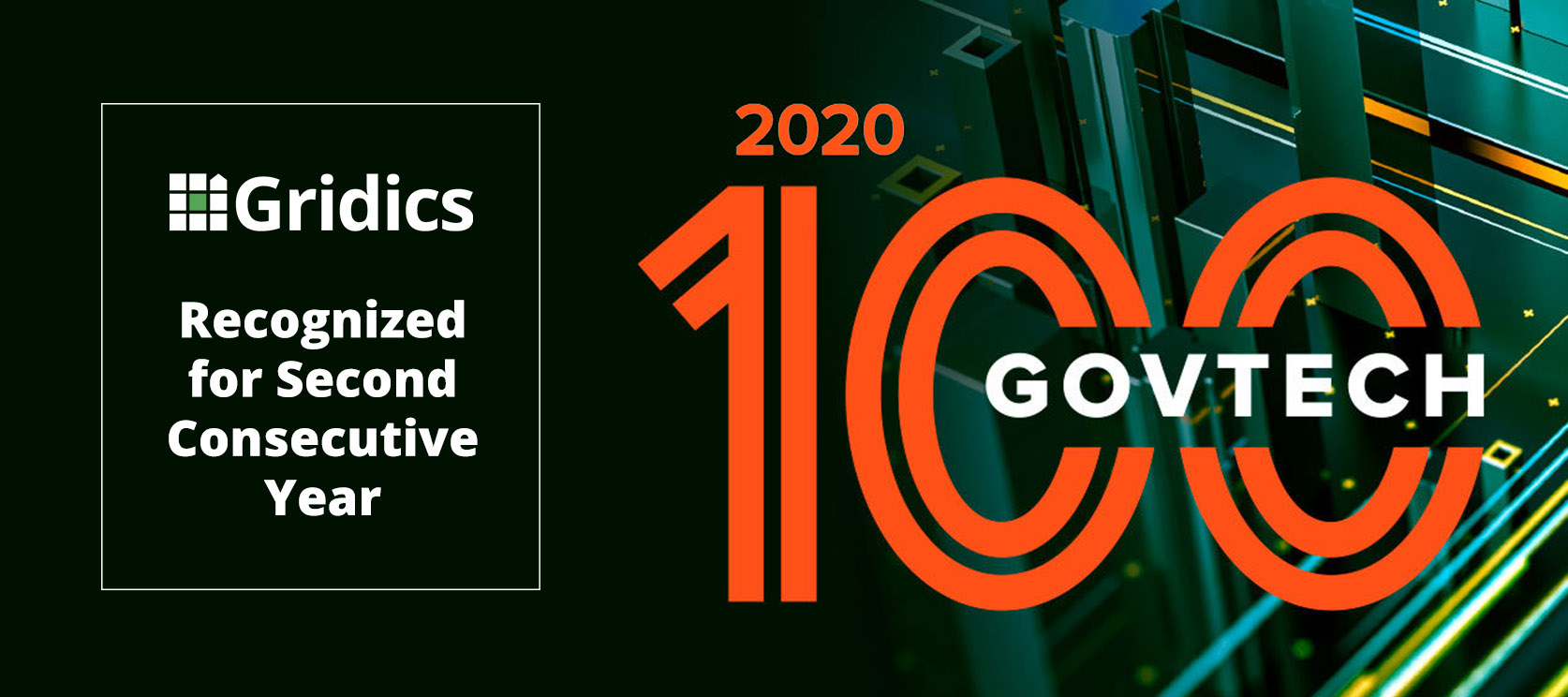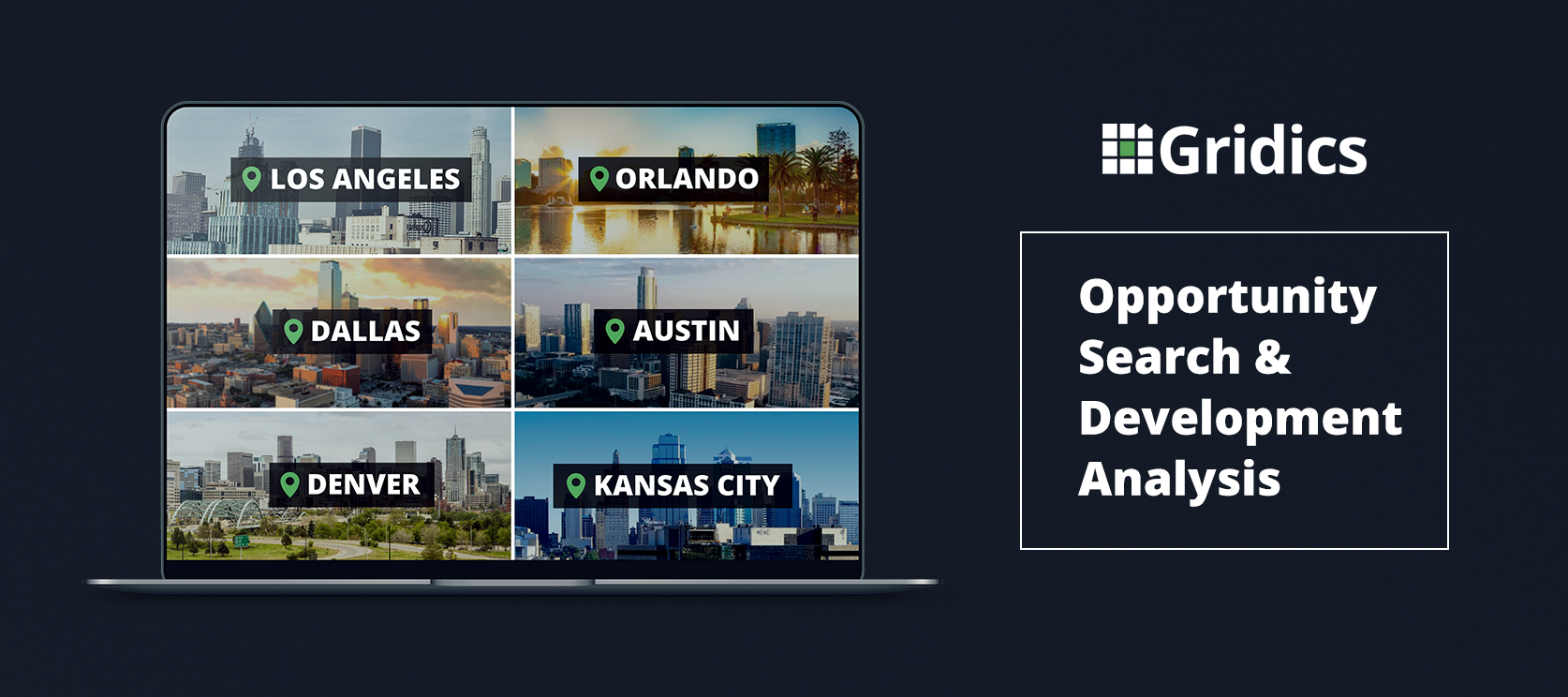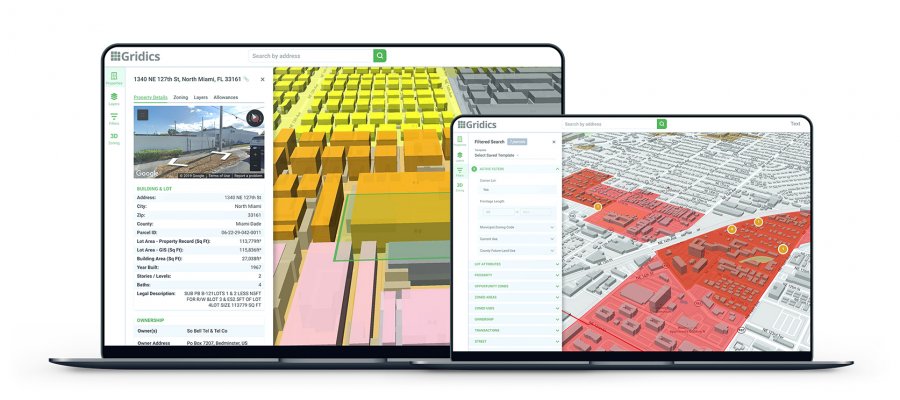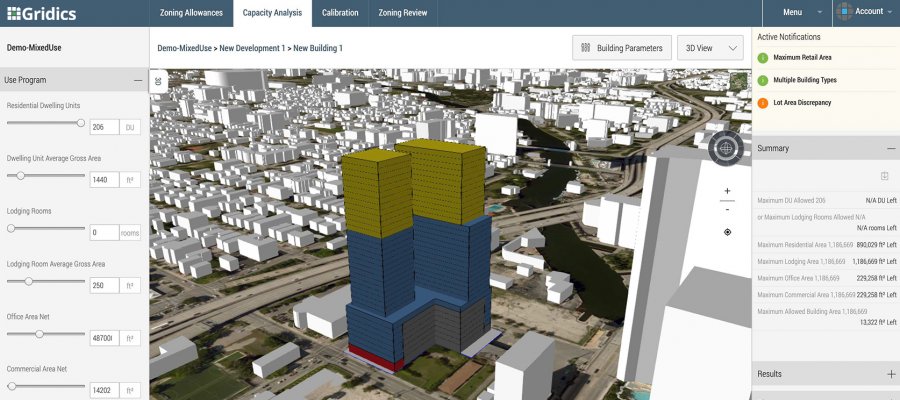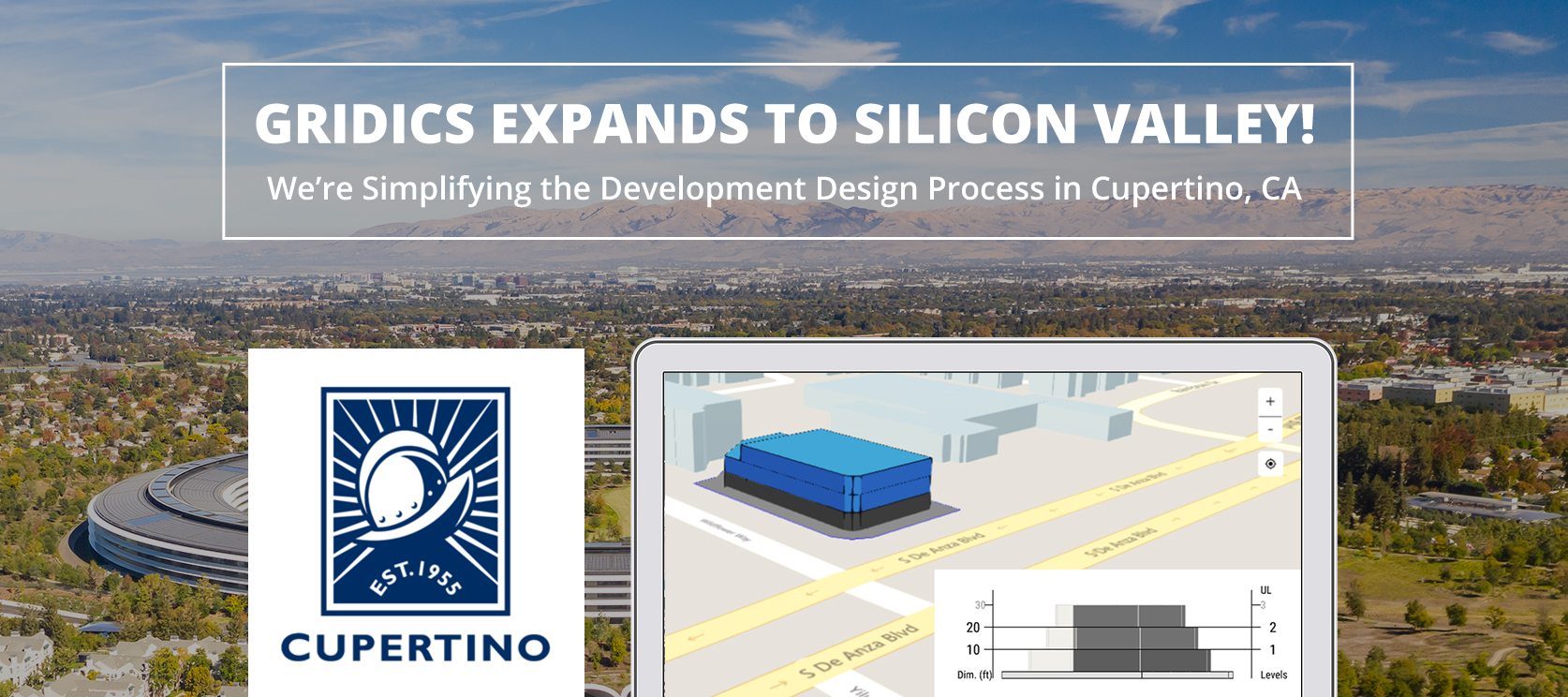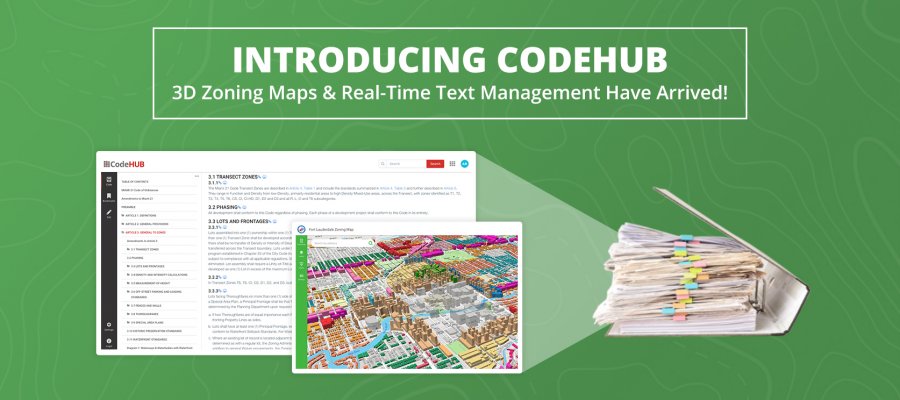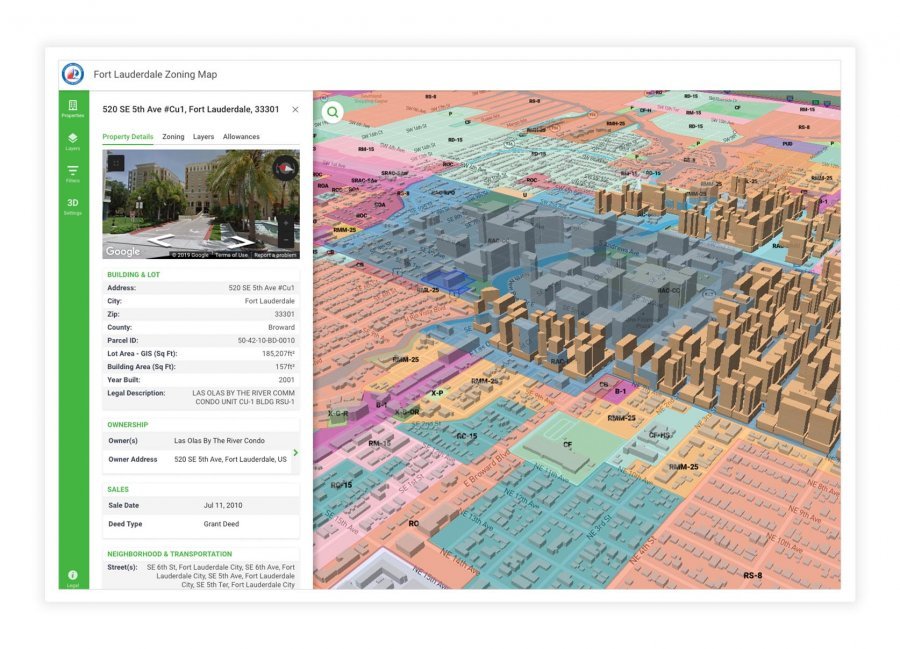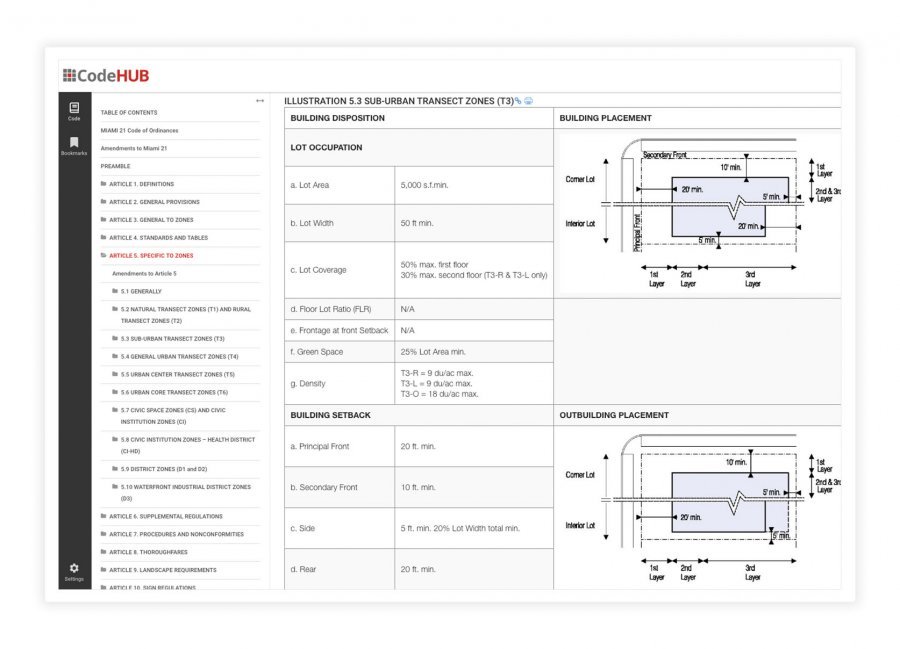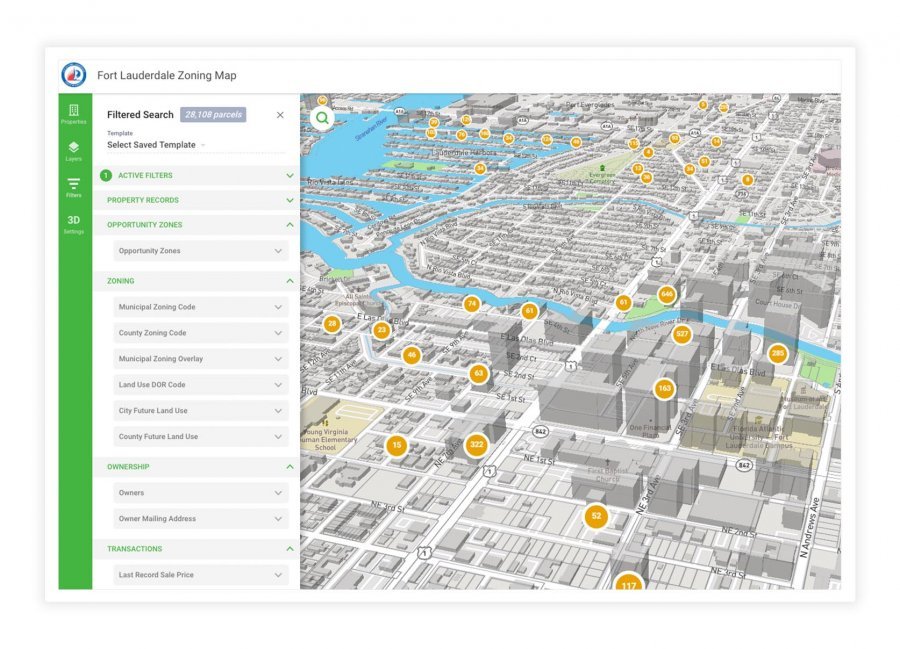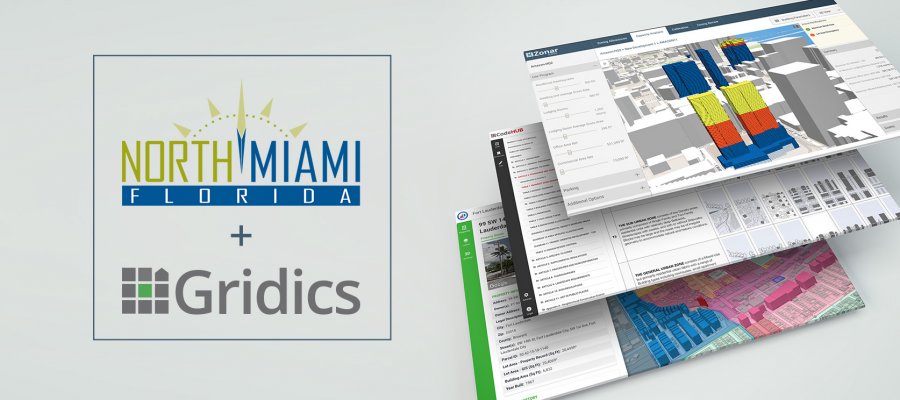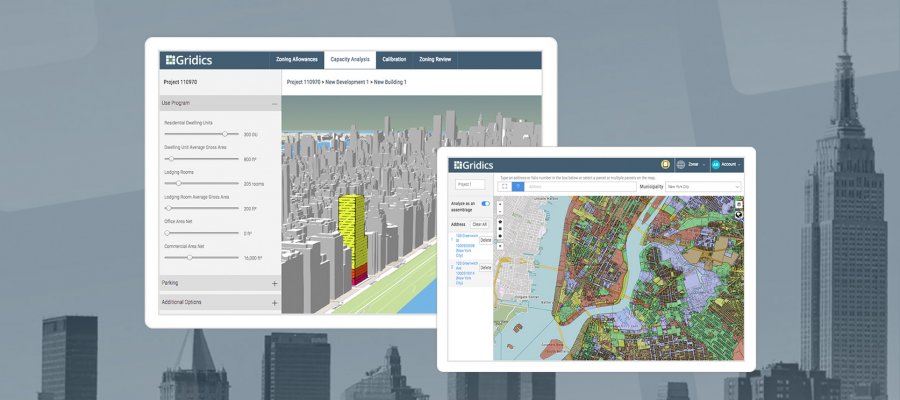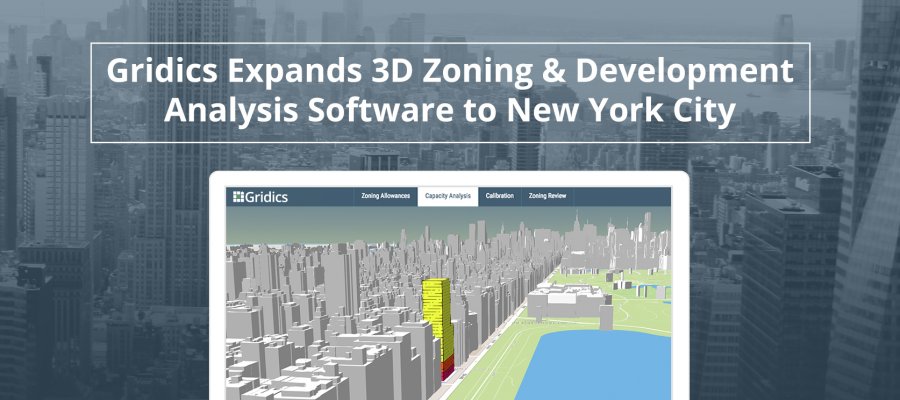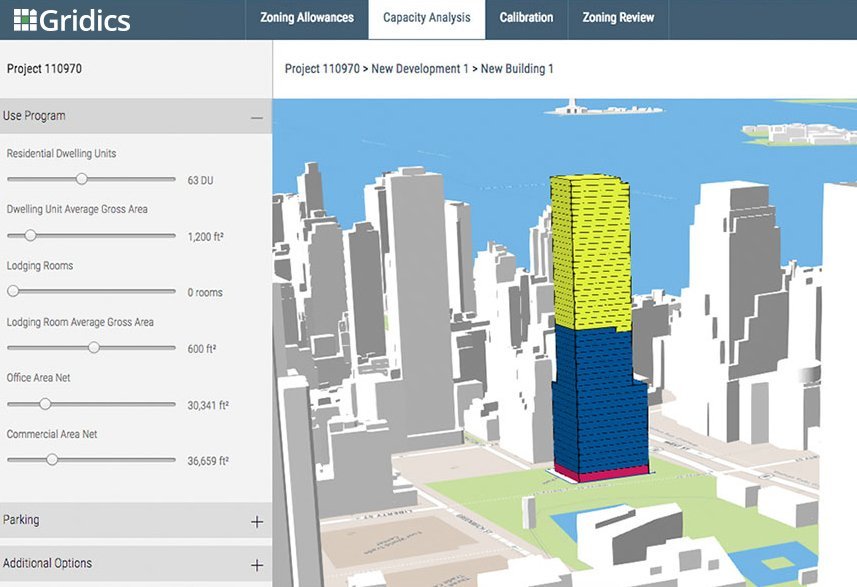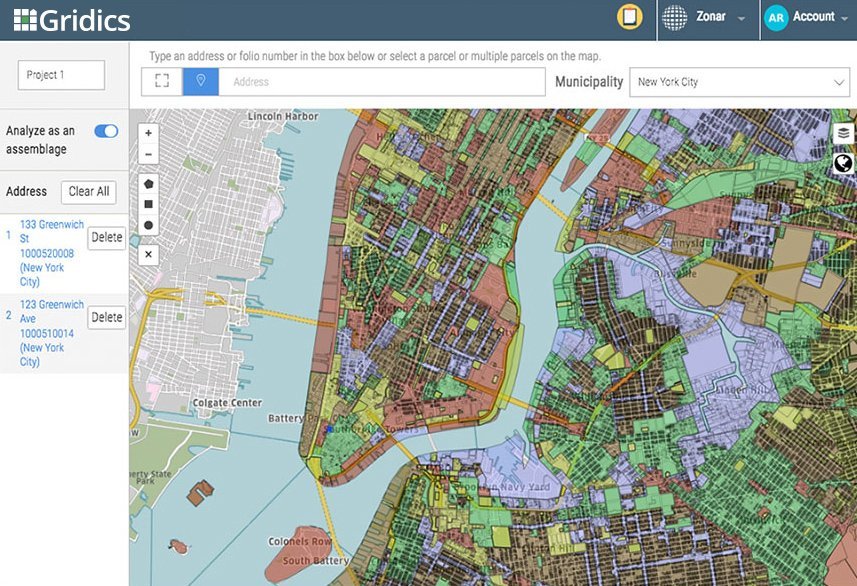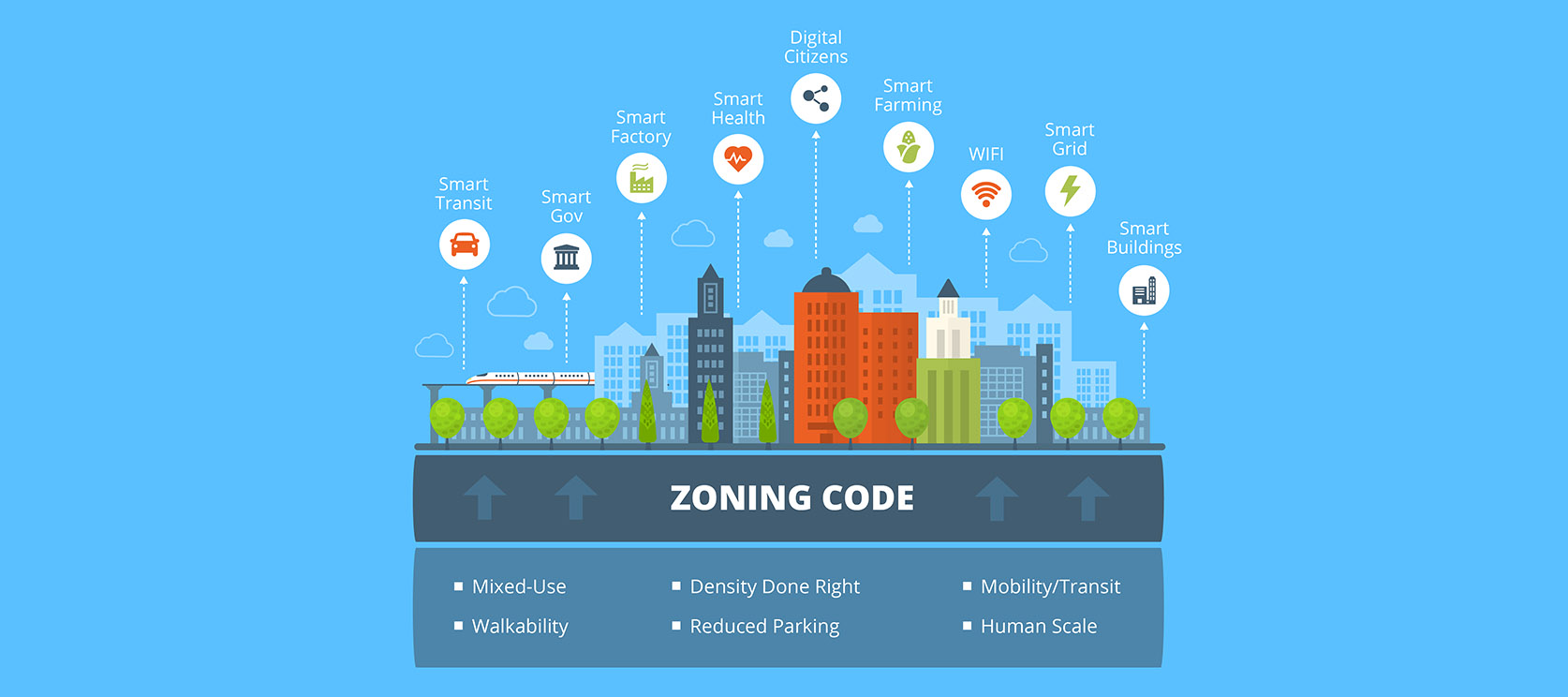Launch of CodeHUB Zoning Platform Propels Gridics to Forefront of Government Technology
MIAMI, Jan. 15, 2020 — Gridics LLC, a real estate tech and data company, today announced its recognition as a GovTech 100 Company for the second consecutive year. The annual GovTech 100 list is the result of a competitive, in-depth review of companies focused on, making a difference in, and selling to state and local government agencies across the US.
“Year five of the GovTech 100 is one of the strongest we’ve seen, as companies both large and small are tackling more complex problems around state and local government,” said e.Republic Chief Innovation Officer Dustin Haisler.
Gridics’ nomination comes on the heels of a successful year defined by a string of new city adoptions, platform market expansion to new major metros, and the release of the world’s most advanced municipal zoning platform, CodeHUB by Gridics. Since its launch in February 2019, CodeHUB has become the only data driven zoning publishing platform available to cities, combining the published text with a 3D mapping and citizen self service tools.
“We’re honored to be named a GovTech 100 company for the second year in a row. This recognition underscores our commitment to making local government more efficient,” explains Gridics CEO, Jason Doyle. “Municipal zoning has long been too confusing for citizens to interpret. Our patented technology digitizes a city’s zoning ordinance into parcel-specific data and visualizations. With that data, we are able to deliver unique citizen service tools and staff software applications which reduce low-value staff time spent answering basic zoning questions and improves overall transparency. As we look to 2020, we are excited to be leading the way in the world of tech-enabled planning and zoning and look forward to partnering with more cities.”
About Gridics: Gridics develops real estate software applications, data and professional services with a focus on zoning interpretation and development analysis. For more information, visit www.gridics.com.

